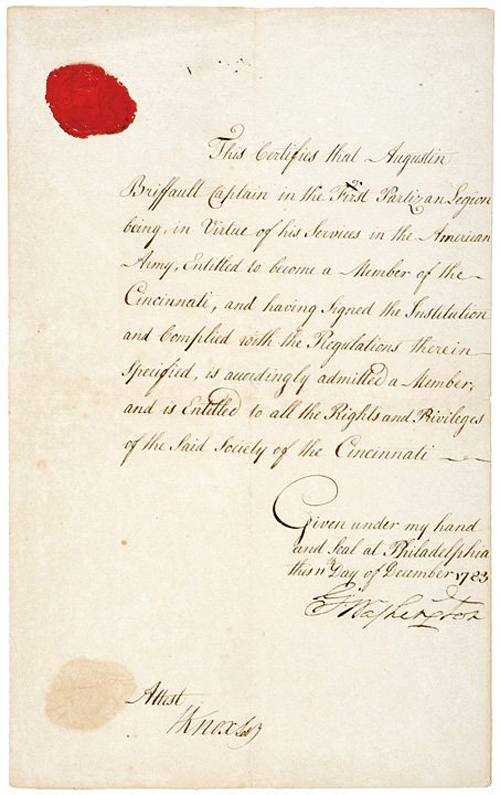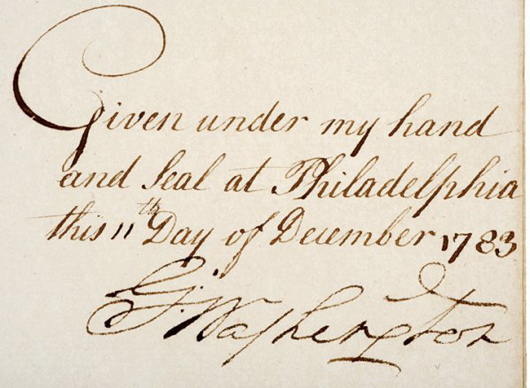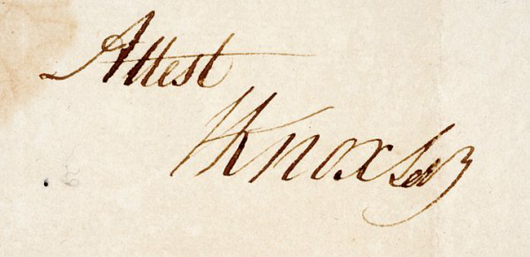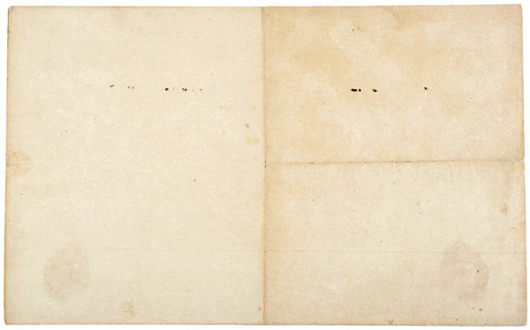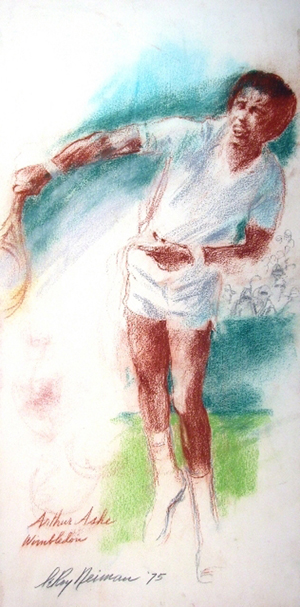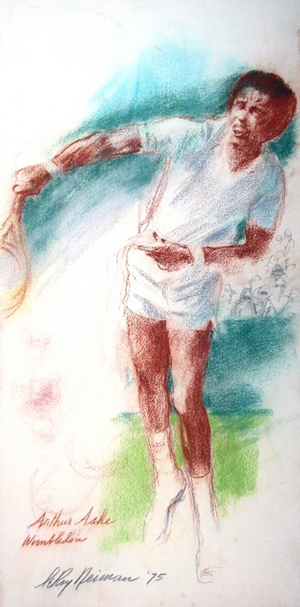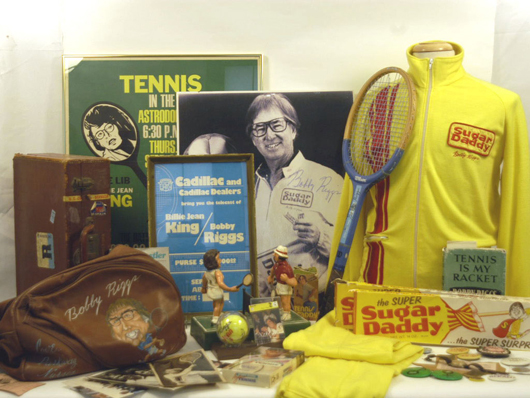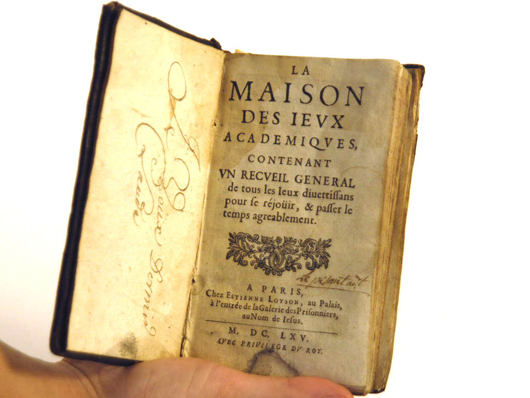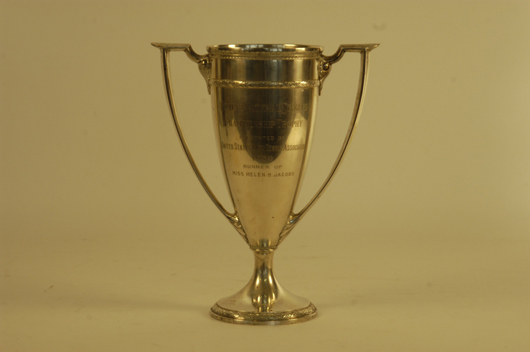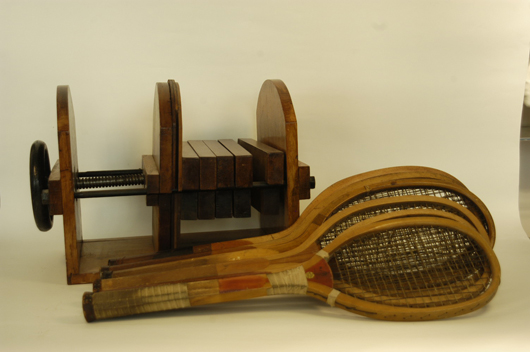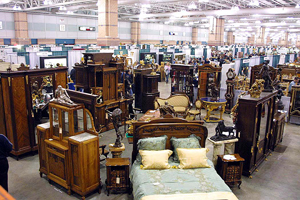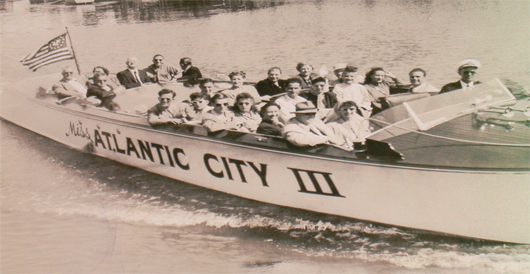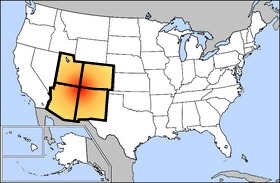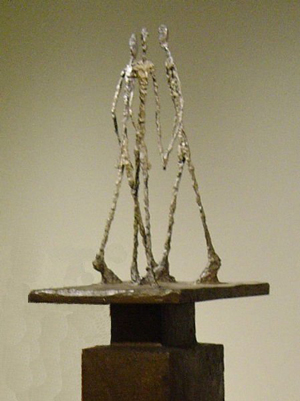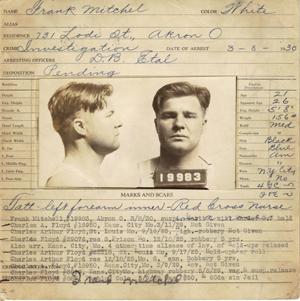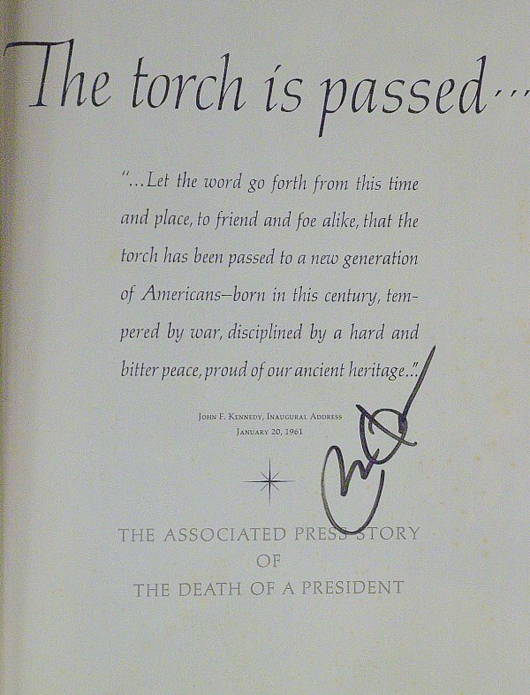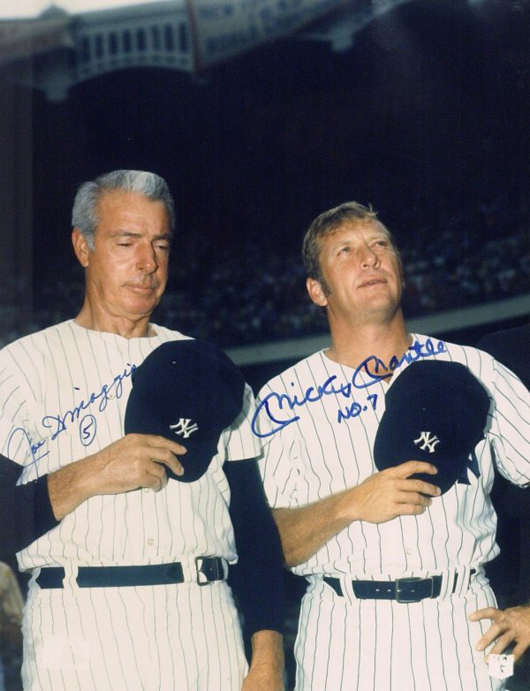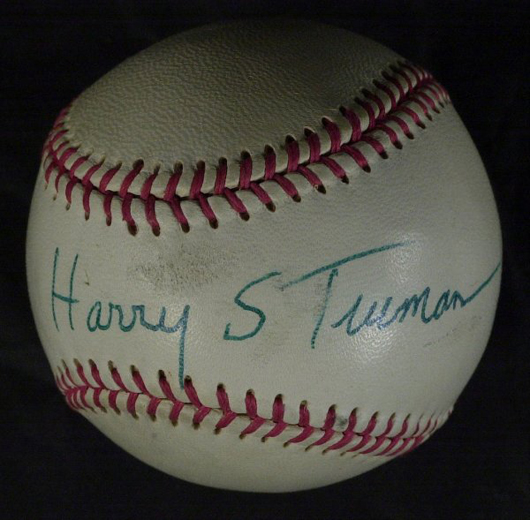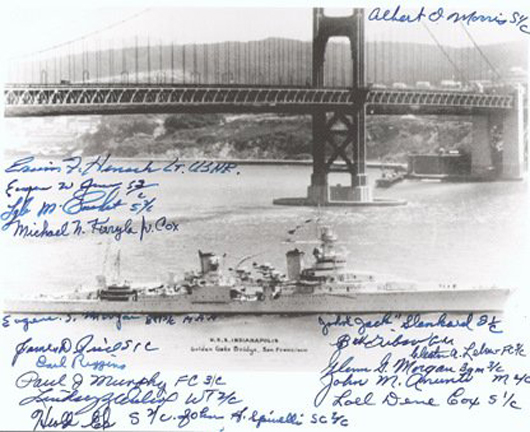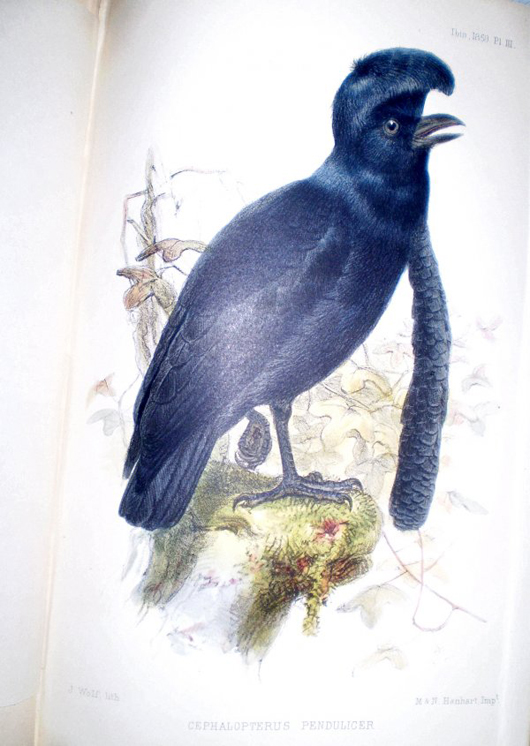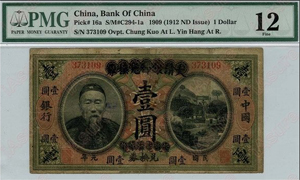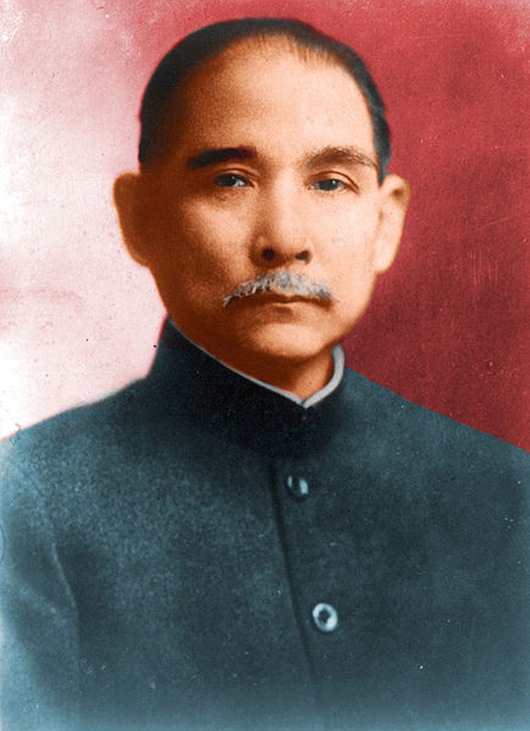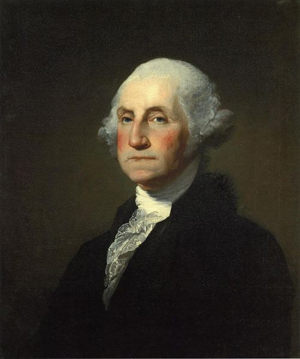
RANCHO SANTA FE, Calif. – The Society of the Cincinnati was founded in 1783, with branches in the United States and France, to preserve the ideals and fellowship of the Revolutionary War’s officers, and to pressure the government to honor pledges it had made to officers who fought for American independence.
The society – which is now in its third century of existence – was named after Lucius Quinctius Cincinnatus, who left his farm to accept a term as Roman Consul and then served as Magister Populi (with temporary powers similar to that of a modern-era dictator), thereby assuming lawful dictatorial control of Rome to meet a war emergency. When the battle was won, he returned power to the Senate and went back to plowing his fields. The Society of the Cincinnati’s motto reflects that ethic of selfless service: Omnia relinquit servare republicam (“He relinquished everything to save the Republic”). The Society has, from the beginning, had three objectives, referred to as the “Immutable Principles”: “To preserve the rights so dearly won, to promote the continuing union of the states, and to assist members in need, their widows, and their orphans.”
Membership to the Society of the Cincinnati was limited to officers who served in the Continental Army and Navy, and also included officers of the French Army and Navy who met the same requirements. Membership was passed down to the eldest son upon the death of the original member.
In its Aug. 30 auction, which will feature Internet live bidding through LiveAuctioneers.com, Early American of Rancho Santa Fe, Calif., is offering a rare and important document with a connection to the society and to George Washington. It is a superb, early, George Washington-signed “Society of the Cincinnati” Commission Diploma.
Dated Dec. 11, 1783 and signed at Philadelphia “G. Washington,” the certificate awards French Captain Augustin Brissault of the First Partizan Legion, membership to the Society of the Cincinnati. It is also signed by the society’s founder and George Washington’s future Secretary of War, Henry Knox.
Augustin Brissault joined the First Battalion of the Continental Partizan Legion in the summer of 1778. On Jan. 13, 1779 the Continental Congress appointed Brissault to the rank of lieutenant by brevet. He was promoted to captain on March 11, 1782. He had an honorable discharge and retired on Nov. 25, 1783, about three weeks before this document was executed.
This document has a wonderful, very dark and strong “G. Washington” signature, which is fully 2.75 inches long, written at its conclusion. Very clean and impressive for presentation, the document measures 12 inches by 7.25 inches, is beautifully written in rich, clear brown with a vivid red wax seal at the upper left corner.
Any “manuscript-form” Society of the Cincinnati diploma, especially one signed by George Washington, is exceptionally rare. This particular example is definitely one of the first ever issued by Washington, according to Early American. It is estimated at $20,000-$30,000.
View the fully illustrated catalog and sign up to bid absentee or live via the Internet at www.LiveAuctioneers.com.
ADDITIONAL LOTS OF NOTE
